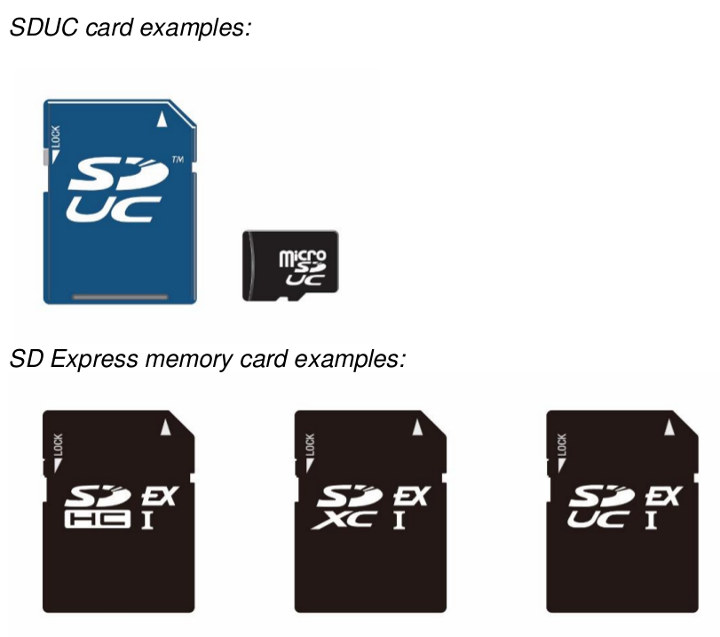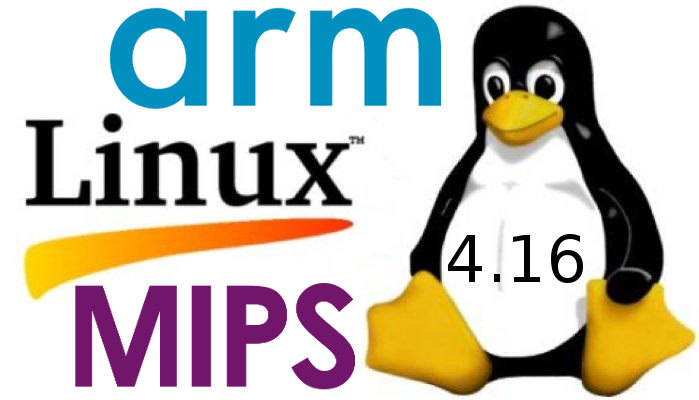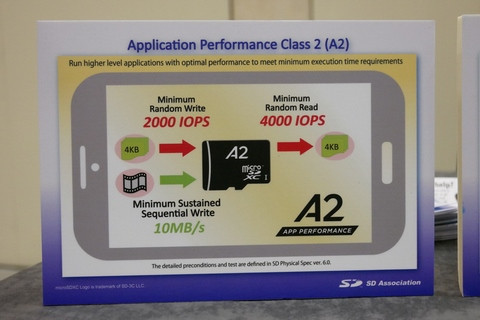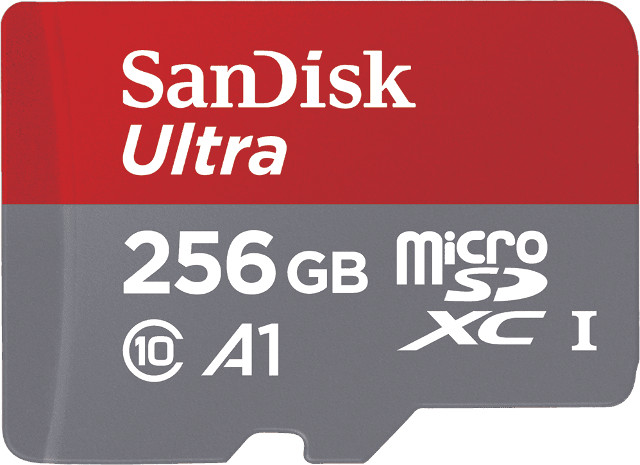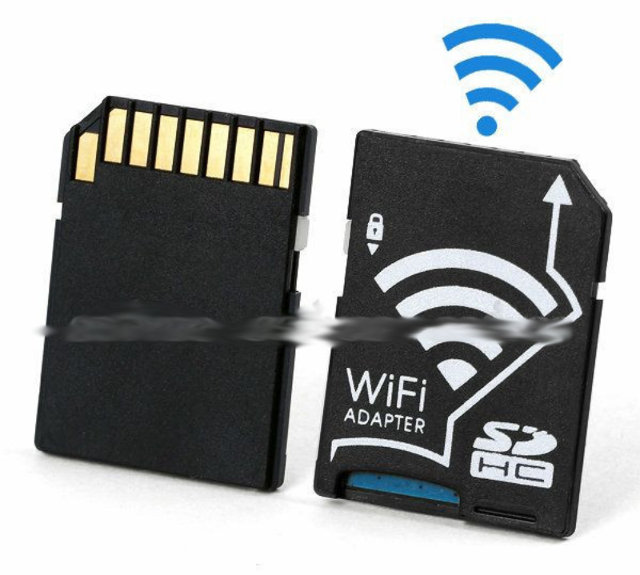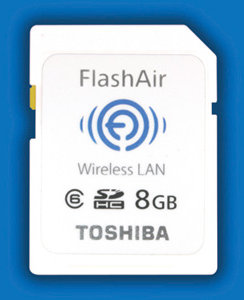SD cards are known for the convenience, portability, and relatively cheap prices, but not so much for their performance which can be pretty poor especially for the cheaper and lower capacity models, and when fast random I/O is needed. The SD Association have been working on helping customer buy performant cards for their needs with – for instance – the app performance class introduced in SD 5.1 specification, which defines minimum random read and write speeds in Class A1 and Class A2 micro SD cards. However, the association has gone a step further with SD Express found in SD specification 7.0 that adds PCIe and NVMe interfaces to the legacy SD card interface. SD Express will enable theoretical data transfer rate up to 985 MB/s via PCIe 3.0, as well as advanced memory access mechanisms such as Bus Mastering, Multi Queue (without locking mechanism) and Host Memory Buffer thanks to […]
Linux 4.16 Release – Main Changes, Arm and MIPS Architectures
Linus Torvalds has just released Linux 4.16: So the take from final week of the 4.16 release looks a lot like rc7, in that about half of it is networking. If it wasn’t for that, it would all be very small and calm. We had a number of fixes and cleanups elsewhere, but none of it made me go “uhhuh, better let this soak for another week”. And davem didn’t think the networking was a reason to delay the release, so I’m not. End result: 4.16 is out, and the merge window for 4.17 is open and I’ll start doing pull requests tomorrow. Outside of networking, most of the last week was various arch fixlets (powerpc, arm, x86, arm64), some driver fixes (mainly scsi and rdma) and misc other noise (documentation, vm, perf). The appended shortlog gives an overview of the details (again, this is only the small stuff in […]
SD Association Introduces Class A2 Application Performance Class, and UHS-III Standard Supporting Up to 624 MB/s
Users of development boards booting from (micro) SD cards have often missed random I/O performance information to determine whether the device would performance well to run an operating system, but now that Google has implemented “adoptable storage” to let consumer run app from their micro SD cards, it has become an important differentiating factor for manufacturers, and the SD association announced A1 App performance class with minimum random I/O read/write performance and at least 10MB/s sequential write speed last year. The SD association has now unveiled Class A2 with better I/O performance with minimum requirements of 4000 IOPS for random reads, and 2000 IOPS for random writes, with the same 10 MB/s minimum sequential write speed. That means the application performance table now looks as shown below. Note that Class A2 is not available right now, and test requirements will be explained in SD 6.1 part 1 physical specification to […]
SD Specifications 5.1 to Introduce App Performance Class (for Random I/O) & Logo
SD cards used to store media data only, for example photos and videos in your camera or smartphone, but with the introduction of “Adoptable Storage” in Android 6.0 you can now run apps directly on a micro SD card, and many development boards rely on (micro) SD card to run the full operating system. The difference is important, as with media storage, the raw sequential read and write speeds are the most important, as large files are created and accessed, but for apps and operating systems many small read and write operations such as databases access take place on the card, so random IO performance becomes much more important. So far, the SD card specifications would only report sequential performance with different classes, and for example for are often recommended to use “Class 10” SD cards on Raspberry Pi, which does not clearly indicates the random IO performance. SD Specifications […]
Wi-Fi SD Card Adapter for micro SD Cards Sells for $15 and Up
Wi-Fi SD cards are mostly used with camera in order to wirelessly transfer photos or/and videos to your computer or mobile device without having to take out the card or transfer them via a micro USB cable. I first discovered this type of card with Toshiba FlashAir in 2011, but now EyeFi seems to be the most popular brand, and comes in different sizes with the 8GB Wi-FI SD card selling for $44 on Amazon US. There are cheaper alternatives with some Wi-Fi SD card adapters accepting micro SD card selling for about $15 and up on Aliexpress or Buyincoins, and DX calls it CY EP-027, but sells it for $23. It does not come with storage but since a 8GB class 10 SD card now costs about $8, it’s still nearly 50% cheaper compared to the 8GB EyeFi SD card. Some features of the card: Max micro SD card […]
makeSD Script to Write Image to SD Card for Mele A1000 / AllWinner A10 Devices
Most images released for Mele A1000 (Ubuntu, Puppy Linux..) won’t fit in my SD card, and until now I had to manually partition the SD card, extract the data and copy it to the SD card. I’ve also noticed the size of the SD card slowly creeps lower overtime. I bought an SD card last week and fdisk reported 3901685760 bytes and this morning the same command reported 3898782720 bytes. That’s probably due to new bad sectors which I believe is actually normal for this type of device. The problem is that a backup of “last week” SD card done with dd might not be restored properly with dd since the SD card is now smaller. So I decided to write a shell script “makeSD.sh” that will do the following: Umount the SD card if needed Partition the SD card Copy uboot to the SD card Mount the image file […]
Linux on eMMC: Optimizing for Performance – ELC 2012
Ken Tough, principal engineer at Intrinsyc Software, discusses Linux on eMMC at Embedded Linux Conference 2012. Abstract: Embedded devices are increasingly choosing eMMC instead of raw NAND flash as their main storage, for increased independence from component vendors and changing storage densities. This presentation examines Linux configuration for eMMC, how to effectively measure your eMMC performance, and tips to improve it. Topics covered include: filesystem bearing on MMC/SD performance, IO scheduler configuration, and optimal partition layout. Target audience is embedded systems developers or users interested in getting the most out of their eMMC/SD card. You can also download the presentation slides on elinux.org. Jean-Luc Aufranc (CNXSoft)Jean-Luc started CNX Software in 2010 as a part-time endeavor, before quitting his job as a software engineering manager, and starting to write daily news, and reviews full time later in 2011. www.cnx-software.com
Meet the Wifi SD Card: Toshiba FlashAir
Toshiba is currently showcasing the Toshiba AirFlash – a new Wifi-Enabled SDHC card – at IFA 2011 in Berlin (2-7 September 2011) The card features an embedded wireless LAN chip that allows it to both transmit and receive files wirelessly. The FlashAir is reportedly the world’s first SDHC memory card with embedded wireless LAN functionality to meet the SD Memory Card Standard. Previously other SD cards such as Eye-Fi allowed Wi-fi connectivity, but the Eye-Fi could only transmit files from a camera directly to another Wifi device, the FlashAir can receive and transfer by using point to point connection and a router is not needed. The FlashAir can be fully configured thanks to a configuration file located in the SD Card, so that you can select the IP of the SD Card, the wifi security settings such as WEP, WPA, WPA2… and more. The Toshiba FlashAir will be sampled starting […]


